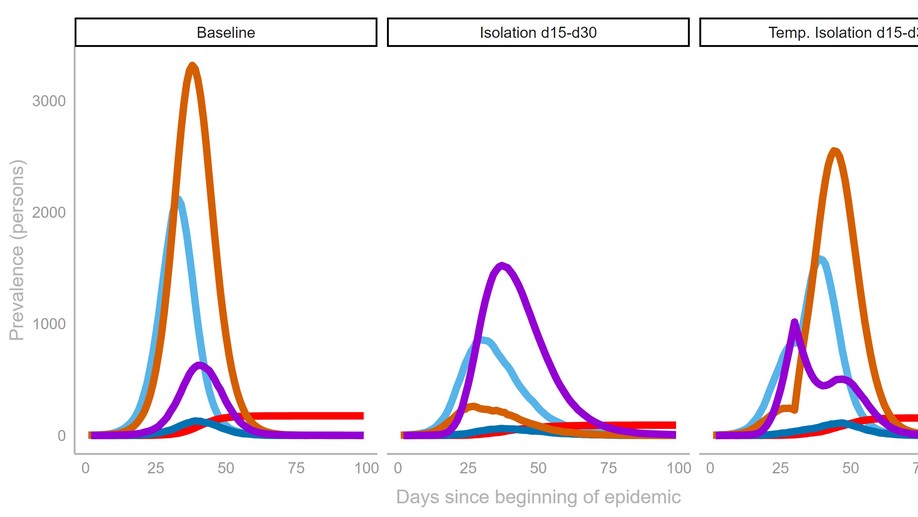Ronald Toth’s Personal Website



For AAV programs, our pre-development testing has typical been very minimal – this is causing substantial developability challenges for our programs and wasted people-power to resolve issues that could be avoided. An understanding of where degradation transitions occur in {concentration, temperature, pH, ionic strength} phase space is vital before development begins. For example, a lack of understand of low ionic strength tolerance may cause method-induced artifacts in a PCR titer method that dilutes into a low-salt buffer before measurement. This talk introduces high-throughput, microplate-based methods to aid in the measurement of degradation transitions based on intrinsic and extrinsic fluorescence in addition to anisothermal dynamic light scattering and shows how they have been used to solve developability challenges and increase our product understanding. These methods could be easily implemented in pre-development testing or in your group!

All current methods used to characterize AAV [empty/partial/full] are compared and contrasted along with several case studies highlighting the utility of first-principles, fundamental techniques such as UV-Vis, DLS, and SV-AUC in gene therapy characterization. These methods are useful for deconvoluting interpretation errors caused by ‘Jingle’ fallacies common in gene therapy analytics - e.g., the difference between mass and number weightings when considering constructs such as “%empty” and “%HMW”. While it’s tempting to neglect these methods once more routine, abstracted methods such as PCR are online, abstracted are at higher risk for method induced artifacts.

Sedimentation Velocity Analytical Ultracentrifugation (SV-AUC) is almost universally used and revered as a gold-standard technique, particularly for AAV empty/full; it is also almost unversally maligned as an outdated, cumbersome, and low-throughput technique - with most of these views based on previous hardware and software implementations and thus outmoded. This talk seeks to intruduce the audience to the modern AUC platform with case studies covering the characterization of AAVs and DNA drug substance. Outmoded myths regarding AUC are dispelled, showing that SV-AUC can be a medium-throughput, validated tool delivering first-principle multiattribute insights in one method - all in the first run with no prior knowledge of the product.

A primer on Dynamic Light Scattering (DLS) I recently gave at Sanofi! There are four parts - Introduction and Principles of Measurement, Underlying Mathematics, Judging Quality of DLS Data, The Disturbing Dilema of Dubious Distributions. The last part is a longer section discussing common interpretation errors and suggested best practices in the reporting of DLS data.

Learn when to use the different DoE design types, how to make factorial designs, when to use a fractional factorial design, and what compromises are needed to make a fractional design.

Introducing Coronavirus SimulateR, a Shiny app to simulate Coronavirus disease progression in a population, and to test the effects of public health measures like quarantining and social isolation.

Corporate culture is something well worth worrying about, because good corporate culture can be a competitive advantage and bad culture can have disastrous effects. Corporate culture has a technical definition and it can be measured scientifically.

Overall I was very impressed with Doumont as a speaker and grateful that GSK facilitated this opportunity, especially given that the lion’s share of Doumont’s advice runs counter to GSK’s corporate culture.

Draft Post! Rich content can be written in Academic using Markdown, LaTeX math, and Shortcodes. This article gives an overview of the most common formatting options, including features that are exclusive to Academic. Shortcodes are plugins which are bundled with Academic or inherited from Hugo. Additionally, HTML may be written in Markdown documents for advanced formatting. #Sub-headings Heading 2 Heading 3 Heading 4 Heading 5 Heading 6 Emphasis Italics with underscores.
PhD in Physical Chemistry, 2012
University of New Hampshire
BS in Biomathematics, 2007
Rutgers University
BS in Biotechnology, 2007
Rutgers University